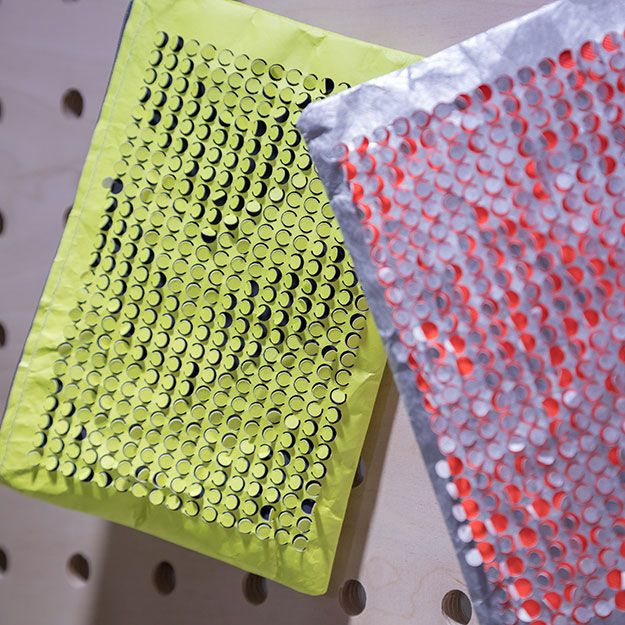
Tyvek® Printing Guide
DuPont™ Tyvek® is a popular printing substrate due to its light weight, smooth surface, high dimensional stability, opacity, toughness and durability. Uncoated Tyvek® can be printed using most digital and commercial printing processes. Some digital presses and some aqueous ink jet printers require a special coating. Tyvek® can be printed either sheet or web-fed. Tyvek® can be printed the same way as paper, although some of its physical properties do require special attention. To achieve excellent print quality, both the designer and printer must understand the unique properties and characteristics of Tyvek®. Tyvek® is made of continuous high-density polyethylene filaments. By using heat and pressure, these filaments are bonded into a base material for printing which turns out to be neither paper, cloth nor plastic film, but it integrates the advantages of those three materials.
Tyvek® material has a melting point of 135°C and is a water-resistant and non-absorbent material with superior dimensional stability, high strength, and a smooth matt surface. Most traditional printing technologies can be used for Tyvek® printing, as well as some digital printing.
1. Traditional printing
- Offset Lithographic
- Flexographic
- Rotogravure
- Screen Printing
2. Digital printing
With the growing demand for personalized and short lead time for orders, digital printing is used more frequently for the printing of Tyvek® brand materials.
- HP Indigo
For certification information, visit the website http://www.hp.com/go/mediasolutionslocator and search ‘DuPont’ in the HP PrintOS Media Locator. For information on all machines that have passed authentication for use with Tyvek® materials, click ‘download’ to enter the downloading page or consult DuPont sales and technical personnel.
- Laser printing
Since the fusing temperatures of laser printers commonly seen on the market are much higher than the melting point of Tyvek®, they are not suitable for Tyvek® printing. However, the ProC7100X, 9100X machines of the Ricoh series have already been demonstrated for Tyvek® printing (such as the printing of Tyvek® 1082D) because their fixing temperatures can be adjusted to suit Tyvek® materials.
- Narrow web-fed label printing machine (water-based ink-jet printing; UV/LED ink-jet printing)
3. Wide-format ink-jet printing
HP Latex 3rd generation, Canon CrystalPoint™/UVgel, and most UV/Inkjet presses are suitable for direct printing on Tyvek®. Water-based, solvent, and eco-solvent ink jet presses do not print with acceptable quality on Tyvek®. If water-based ink-jet coating or (slightly) solvent ink-jet coating is pre-coated on the surface of Tyvek® materials, it is feasible to directly print with water-based ink-jet printers or (slightly) solvent ink-jet printers. HP Latex suitability: For certification information, visit the website http://www.hp.com/go/mediasolutionslocator and search ‘DuPont’ in the HP PrintOS Media Locator. For information on all machines that have passed authentication for use with Tyvek® materials, click ‘download’ to enter the downloading page or consult DuPont sales and technical personnel.
Resource for download:
Download the full version of Tyvek® Technical User Guide in PDF file.



